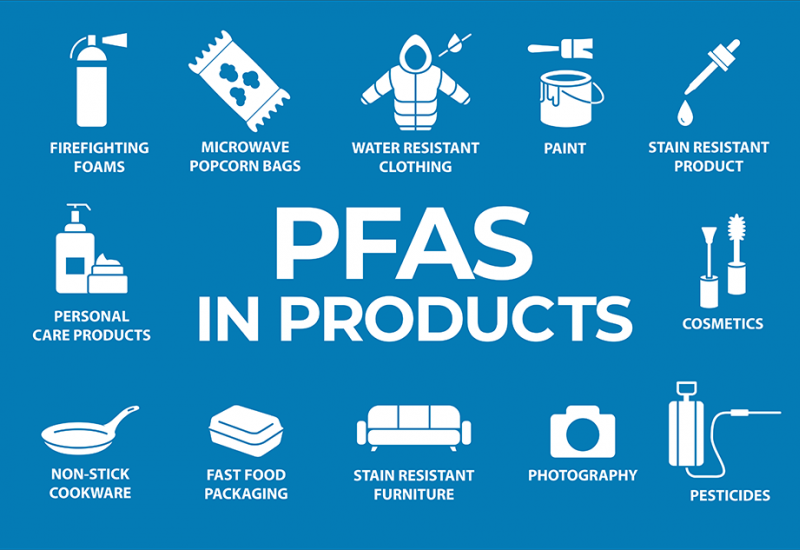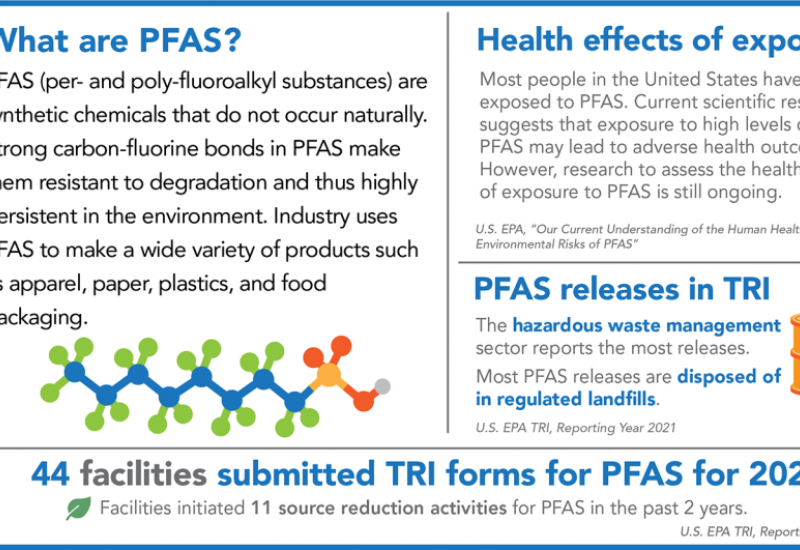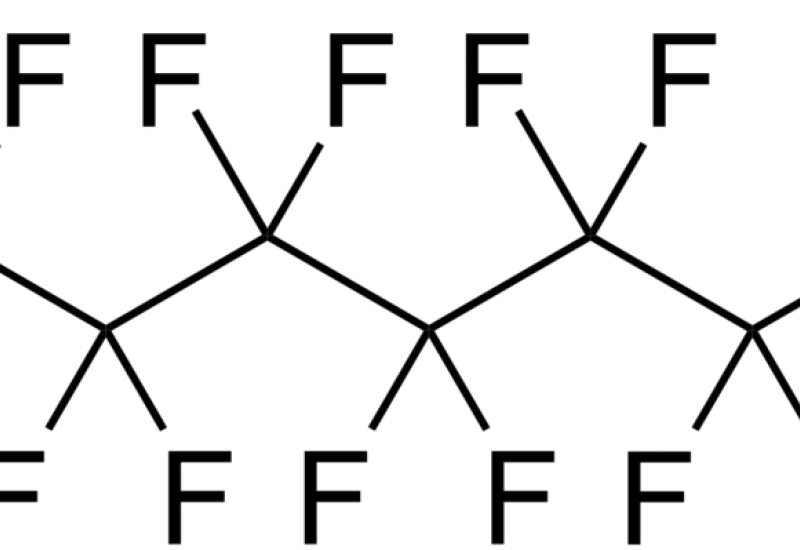ECHA project finds hazardous chemicals in cosmetics
A pilot enforcement project carried out by national enforcement authorities in 13 European Economic Area (EEA) countries between November 2023 and April 2024 found that 6% of about 4,500 cosmetic products inspected contained hazardous substances. The project was undertaken under the auspices of ECHA’s Enforcement Forum.
The authorities looked mainly for the presence of perfluorooctanoic acid (PFOA), long chain perfluorocarboxylic acids and related substances, plus two cyclic siloxanes. They found 285 of the cosmetics included hazardous chemicals, notably:















